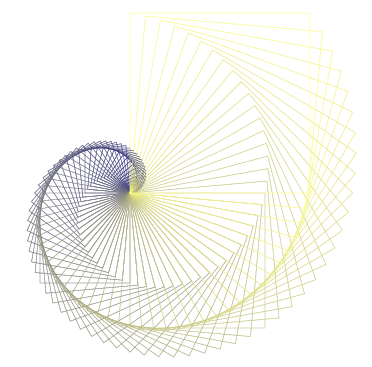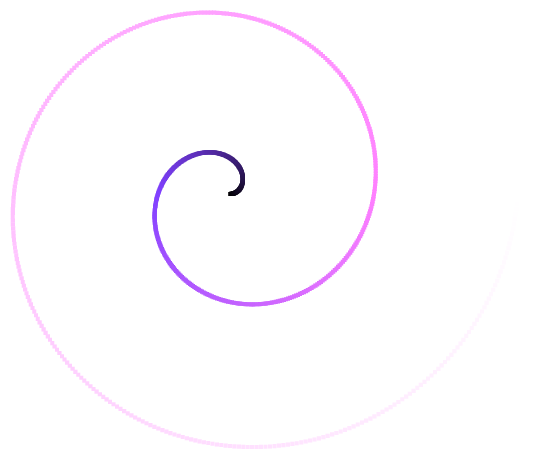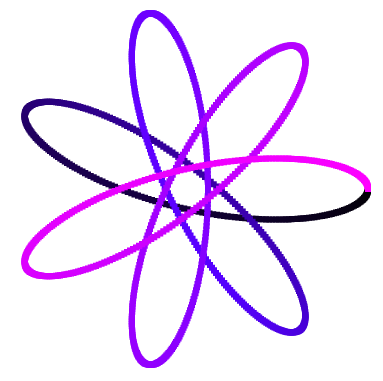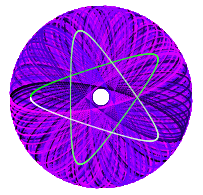For my programming languages class we started out by drawing pictures with Postscript. Since the documentation on how to do basic tasks is sparse on the internet I decided to jot down some of my explorations in the language. This should get anyone started drawing more than just a few squares.
Getting started
If you are on Linux, then just write a .ps file and open it with evince or xreader or whatever your default document reader is. You can also get some debugging information by opening your file in the command line with ghost script.
gs <filename.ps>Resources
The Stack
The biggest thing to realize is that PostScript is a really simple language. Everything is done on the stack. So most commands are written in postfix notation a b plus. This command pushes a and b to the stack and then the interpreter sees the plus keyword. It pops off two values from the stack and adds them. Then the result is put back on the stack.
So when something more complicated comes up it is important to think about what is happening on the stack. Let’s walk through a bit of this command. This is from Hypotrochoid.
a b sub t cos mul a b sub t mul b div cos d mul addaandbare pushed to the stacksubpops off two values, then putsa - bon the stack.tis pushed to the stackcospops the two valuesa - bandtoff the stack and pushes the result back to the stack- and so forth
The thing to remember is that the amount of arguments that the function takes is the number of items it will pop off the stack. The result will then be pushed back to the stack. This will become even more important when writing functions.
Lines, Squares, and Functions
%!PS
newpath %sets a drawing path
200 200 moveto % moves drawing point (x,y) to (200,200)
200 0 rlineto % draws a line relative to (200,200), so (400,200)
1 0 0 setrgbcolor % set color to red
closepath
stroke
%!PS
% a function definition
/box {
% the top of the stack will be the function parameter
% duplicate the top of the stack 3 times
dup dup dup
0 rlineto % consumes a duplicate
0 exch rlineto % swap 0 and top of stack
neg 0 rline to % negates and consumes the duplicate
neg 0 exch rlineto % negates, exchanges then consumes 3rd dup
} def
newpath
1 0 1 setrgbcolor
200 200 moveto
50 rotate
200 box % function call will 200 on the stack
closepath
stroke
Now something a little bit wackier.
%!PS
0.5 0.5 scale
/box {
dup dup dup
0 rlineto
0 exch rlineto
neg 0 rlineto
neg 0 exch rlineto
} def
% new function that wraps the box function
% takes 4 parameters on the stack
/mybox {
gsave
newpath
0.5 setrgbcolor % param 1 & 2, colors changing in for loop
400 400 moveto
rotate % param 3
box % param 4
closepath
stroke
grestore
} def
%for loop
% start increment end { ... } for
10 5 360 {
% comments are as if first time through the loop
dup % param 4, copy 10 to stack
dup % param 3, copy 10 to stack
360 div % param 2, put 360 on stack, divide 10/360 put back on stack
dup % param 1, copy 10% of 360
mybox % needs 4 params on the stack
} for
Parametric Equations
Now on to something even more complicated.
%!PS
% implement parametric equation a circle
% x = t * cos t
% y = t * sin t
/box {
dup dup dup
0 rlineto
0 exch rlineto
neg 0 rlineto
neg 0 exch rlineto
} def
% 3 params
% size of box, x, y, R
/mybox {
gsave
newpath
600 700 translate
setrgbcolor
moveto
box
closepath
fill
grestore
} def
0.4 0.4 scale % fit on the page
1 1 720 {
10 exch % size of boxes
dup
dup cos mul exch % x param, 1 * cos 1
dup
dup sin mul exch % y param, 1 * sin 1
dup
360 div exch % divide red color by 720
dup
720 div exch % divide green by 720
180 div % blue
mybox
} for
Hypotrochoid
Here are the two equations in stack form (i.e. RPN):
a b sub t cos mul a b sub t mul b div cos d mul add % x
a b sub t sin mul a b sub t mul b div sin d mul sub % y%!PS
% implement parametric equation a circle
% x = cos t
% y = sin t
/box {
dup dup dup
0 rlineto
0 exch rlineto
neg 0 rlineto
neg 0 exch rlineto
} def
% 3 params
% size of box, x, y, R
/mybox {
gsave
newpath
setrgbcolor
moveto
box
closepath
fill
grestore
} def
/a 50 def
/b 30 def
/d 50 def
% takes one argument t
/xpos {
dup % we need two t's, t1 & t2
a b sub exch
cos % consumes t1
mul exch
a b sub exch
mul % consumes t2
b div
cos d
mul
add % x
} def
% takes one argument t
/ypos {
dup % t1 & t2 on stack
a b sub exch
sin % consumes t1
mul exch
a b sub exch
mul % consumes t2
b div
sin d
mul
sub % y
} def
% 4 parameters
% scale translateX translateY
/star {
1 1 1080 {
%dup 360 exch
3 exch % size of boxes
dup xpos exch
dup ypos exch
dup
1080 div exch % divide red color by 720
dup
360 div exch % divide green by 720
pop
0 exch
%720 div % blue
mybox
} for
} def
300 300 translate
2 2 scale
star Try changing the variables
Try changing the variables /a, /b, and /d and see the different stars produces. You will also have to change how many times around the circle you have to go to complete the cycle.

 We can then redraw it and translate it in a loop.
We can then redraw it and translate it in a loop.
/a 70 def
/b 30 def
/d 50 def
300 300 translate
1 1 360 {
rotate
star
} for
/a 50 def
/b 30 def
/d 50 def
star2
Conclusion
I learned a lot about working directly with the stack working with PostScript. I also learned the dangers of global variables. The code is hard to reason about because function calls are totally dependant on the state of the stack.